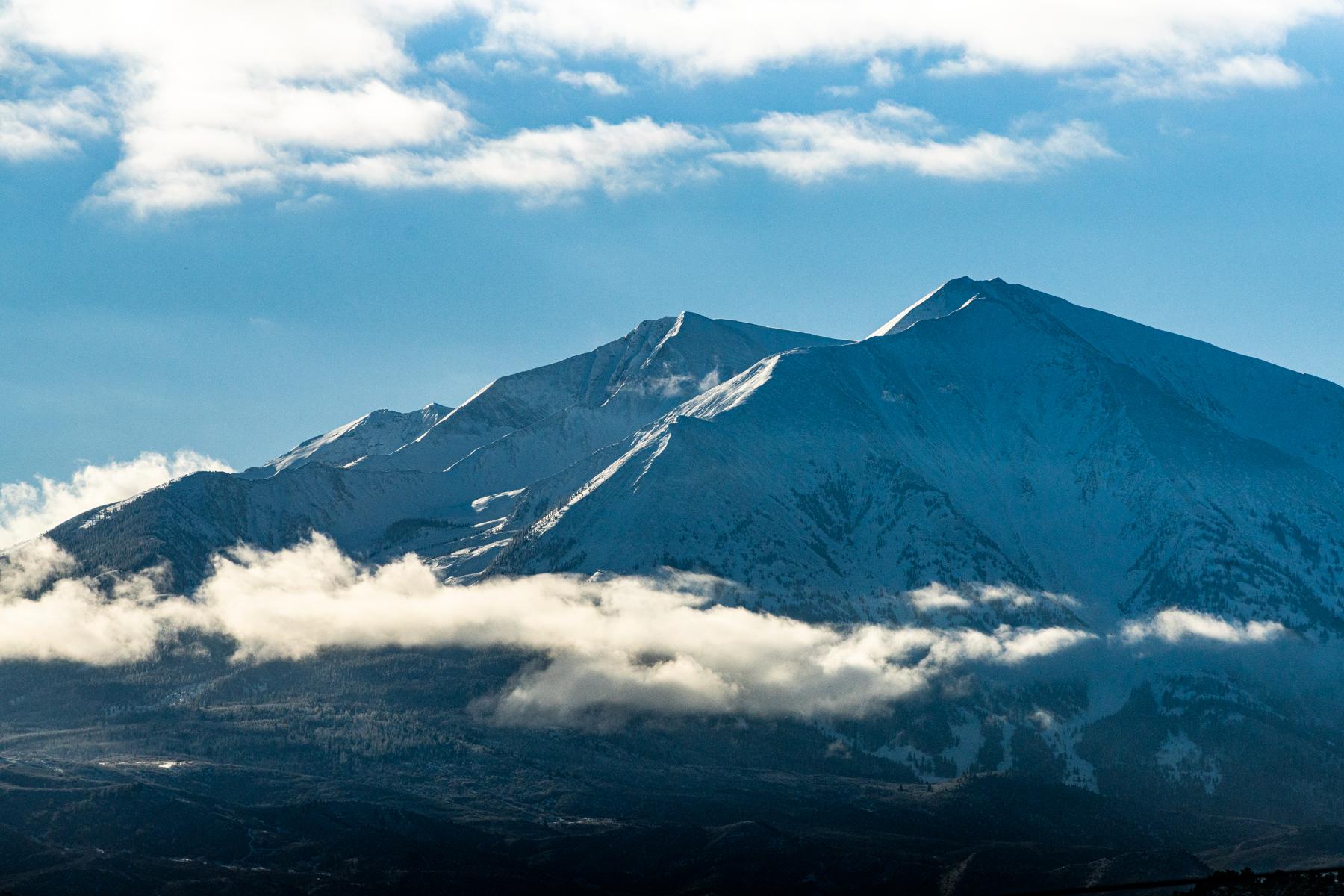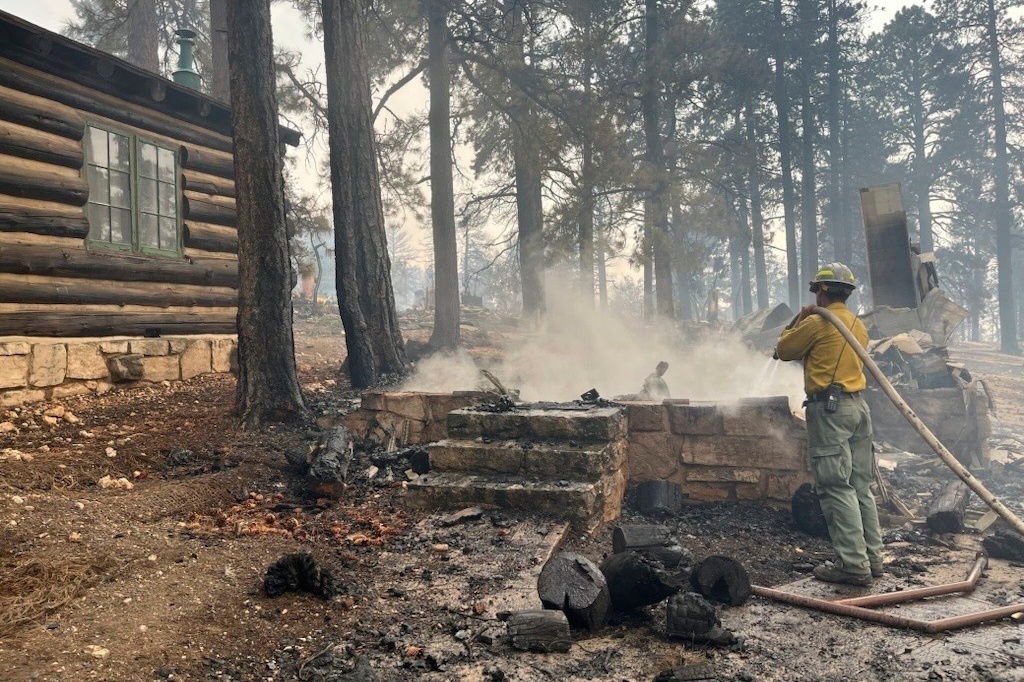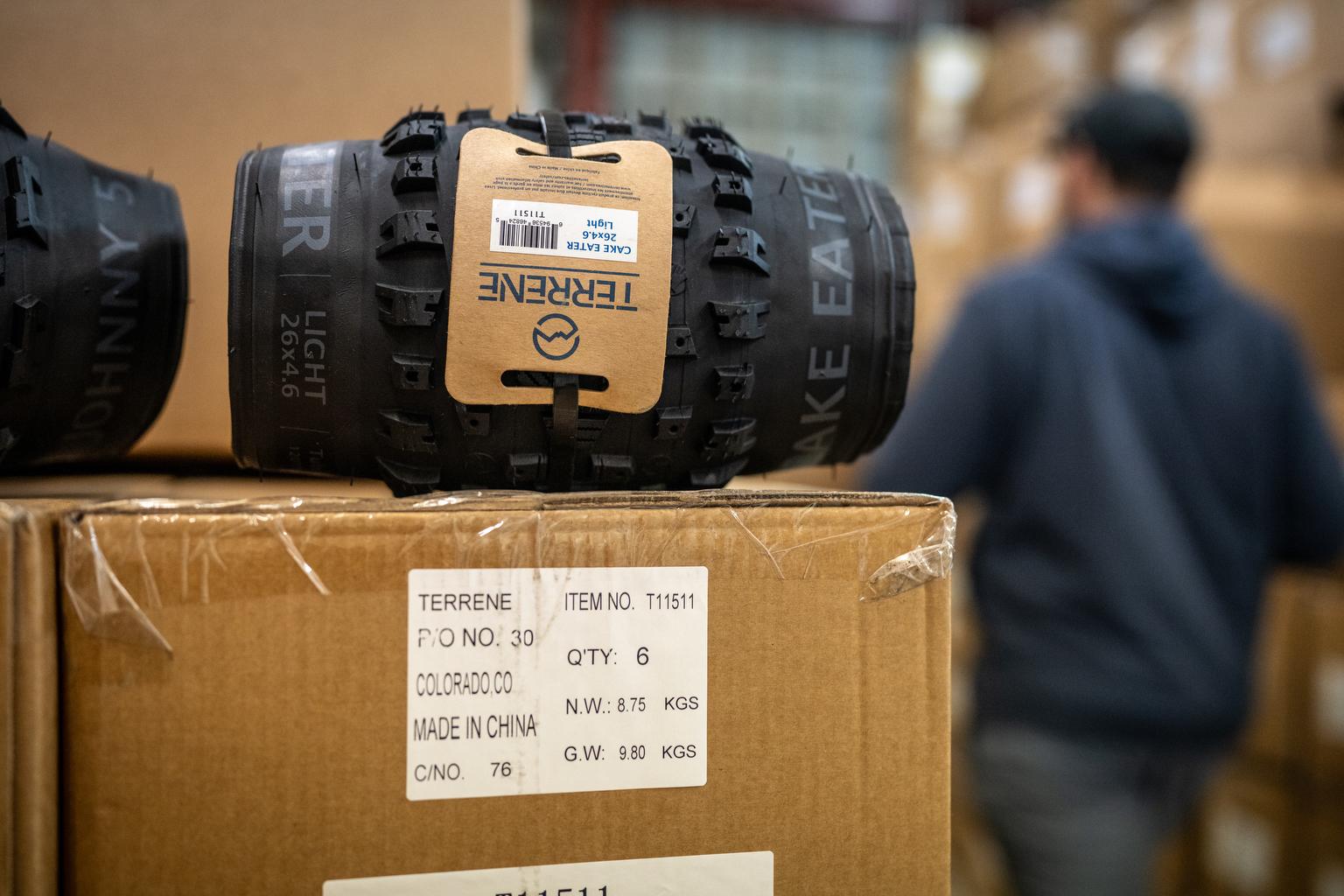
Backcountry recreationists should take extra precautions before traveling in Colorado’s high country due to heightened avalanche danger that could last the remainder of this winter, experts and forecasters say.
At least 870 avalanches have been triggered, mostly by humans, since Dec. 26, according to the Colorado Avalanche Information Center, which tracks slides in the state.
Four people have died during that time frame.
CAIC Director Ethan Greene said in an average Colorado winter, avalanches kill six people, so to be at four this early in the season, “That's not a good place to be.”
“We’re likely to see more deaths this year, and there are going to be more people out this weekend,” he added, explaining why CAIC felt the need to issue a rare statewide release alerting people to the danger.
The state has seen more avalanches than is typical, he said, and recently, they’ve gotten much bigger.
He said this weekend in particular, “we are going to have dangerous avalanche conditions, and we really want to try to get people's attention so that they can go out and have a good time this weekend and go home safe at the end.”
Forecasters blame the elevated danger on a combination of early-season snowfall and a series of heavy snowstorms in early December and January. The storms have built thick slabs of snow on top of weaker layers at the bottom of the snowpack, according to CAIC.
As a result, many mountain ranges are forecast to have “considerable” avalanche danger per CAIC standards at least through the Martin Luther King Jr. holiday. That means skiers, hikers, snowmobilers and other backcountry users can easily trigger large avalanches near or above treeline.
The easiest way to avoid an avalanche? Check the forecast. And if you're already in the backcountry, these are the warning signs to know.
The easiest way to avoid triggering an avalanche and getting injured is by checking the statewide forecast and avoiding traveling in backcountry areas with elevated danger, according to CAIC.
If you do recreate in backcountry areas with elevated danger, there are a few warning signs to watch out for.
Avalanches typically occur on mountain slopes that are a certain degree angle. The sweet spot is a slope that is 30 to 45 degrees steep, according to CAIC. That’s steeper than most black diamond runs at ski resorts.
Measuring slope steepness accurately is difficult, especially for inexperienced skiers and hikers. If you’re unsure about a slope’s steepness, you can look for other clues.
Toppled trees or large clearings in forests can give you a hint that a particular slope is prone to slides. Clearings with few or young trees next to mature trees are a major indicator you’re moving through avalanche terrain.
Cracking or collapsing sounds originating from the snow can also be a warning sign of an impending avalanche. The average human can trigger a slide in a matter of seconds.
But “you may not get warning signs like cracking or collapsing before triggering one of these dangerous avalanches,” CAIC said in a statewide forecast on Wednesday.
It's been a busy and emotionally tough start to the season for search and rescue volunteers.
Getting caught in a slide is extremely dangerous. Surviving a complete burial after as little as 30 minutes is rare due to oxygen deprivation, said Greg Foley, a senior member and volunteer with Grand County Search and Rescue.
“By the time search and rescue gets there, it’s usually all over,” Foley said. “On a good day, our response time is likely 45 minutes. And that’s too long for somebody that's buried.”
Foley’s team, which is comprised mainly of volunteers, has been off to a “busy start” so far this season, he said.
“It's tough on us emotionally,” he said. “People need to understand that moderate and considerable avalanche danger is not safe enough.”
Most of this season’s deaths have occurred in areas that were under CAIC warnings, but CAIC cautions that historically more people die when these warnings are moderate rather than high — perhaps because they get lulled into a false sense of security.
On Dec. 31, the president of the University of Northern Colorado, Andy Feinstein, and his 22-year-old son were caught in a slide near Breckenridge Ski Resort. Feinstein survived a partial burial, but his son did not.
A week later, two snowmobilers were caught and killed in an avalanche along a popular route northeast of Winter Park. One of the victims was wearing an avalanche beacon, which can help rescuers locate a buried person.
So far this year, half the people killed were wearing these beacons, while the other half were not. In the case of the snowmobilers, it took first responders about an hour to reach the victims. They also had to call the search off overnight due to dangerous avalanche conditions in the area, Foley said.
“We’re always considering rescuer safety first,” he said. “There are situations where it could be too dangerous for us to go in, and in that case we're gonna make the call not to go in.”
What to know and bring if you're going to recreate in the backcountry.
Officials recommend anyone recreating in the backcountry be trained in avalanche safety and carry standard safety equipment: a beacon, a probe for helping locate a victim and a shovel to uncover them.
Just outside of Minturn, there’s even a public park where people can practice avalanche rescue using their equipment. Run by CAIC and the National Forest Service, it features eight buried avalanche beacons that people can try to locate and dig up.
CAIC also stresses that even with the best equipment and training, a successful avalanche rescue is often not possible.
Greene said avoiding avalanche danger altogether is the safest approach.
“We don't want to scare people away from going into the mountains and having a good time because this is a great time to go into the mountains and have fun,” he said. “But part of that needs to include thinking about avalanches and having a plan for addressing the avalanche hazard.”









